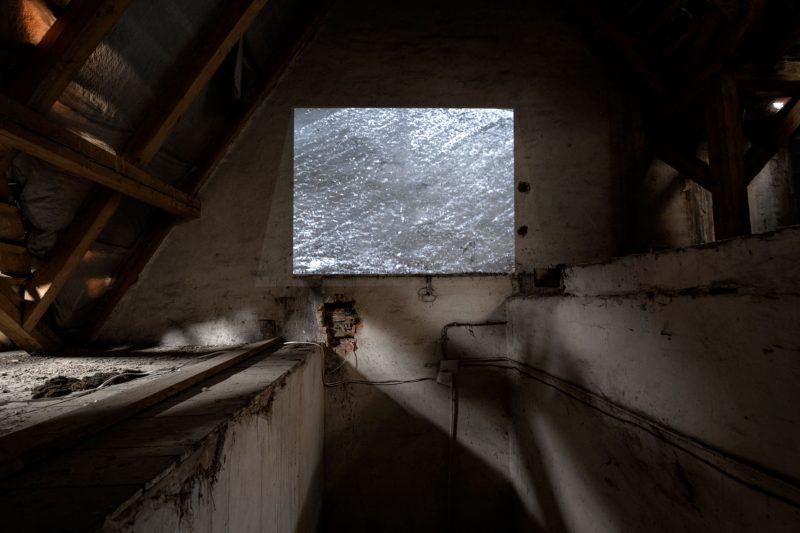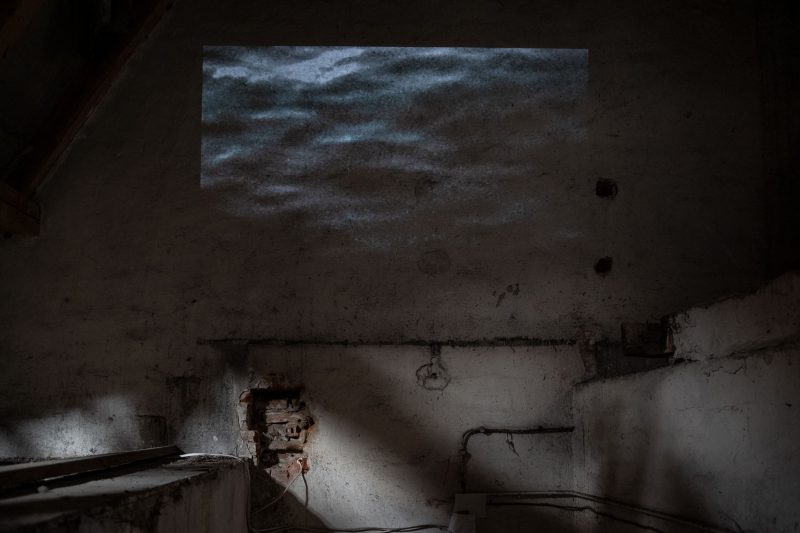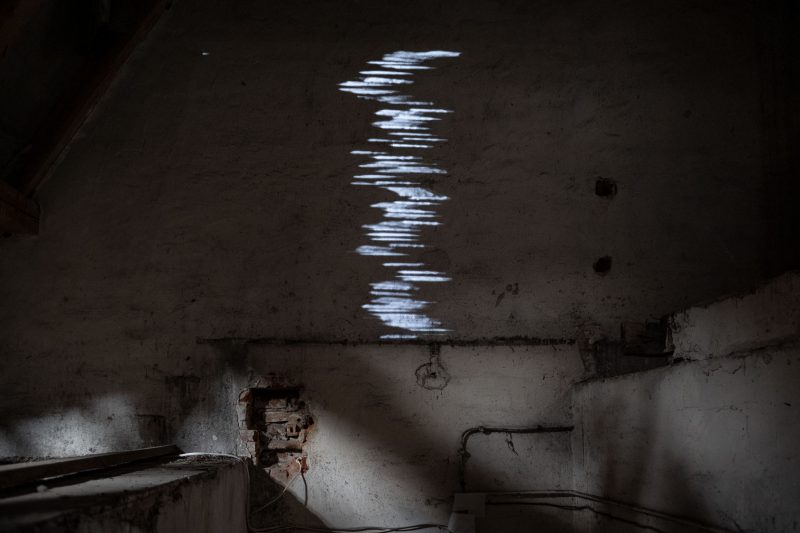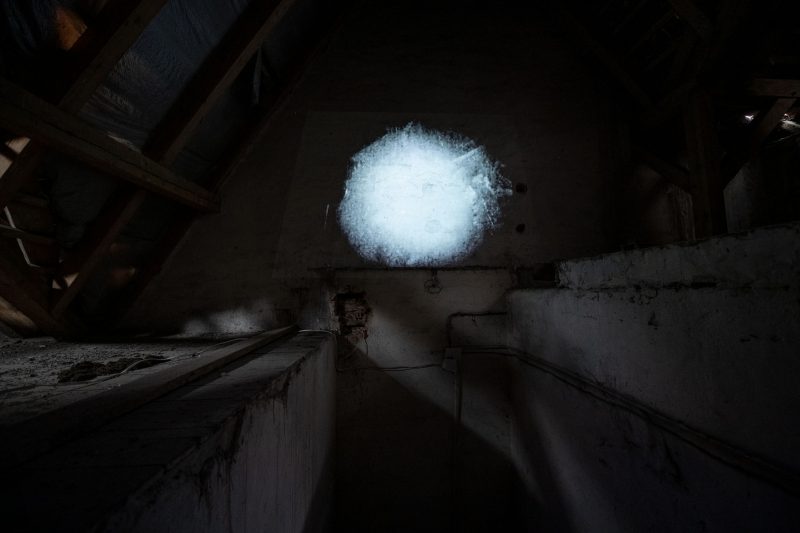Institute of National Memory
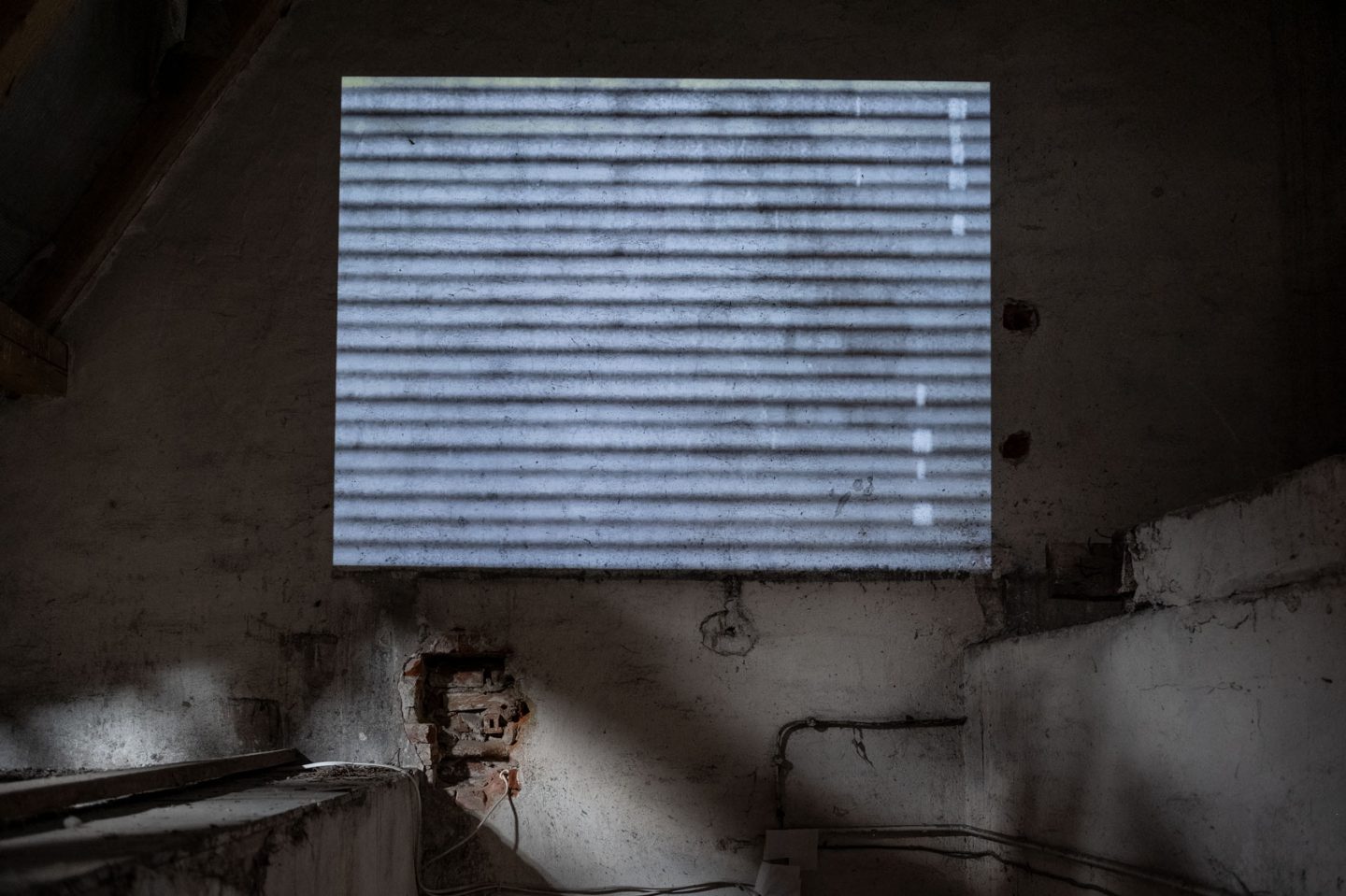
- video w/o sound, 2’41”
- 2019
In Maksym Khodak’s video, socialist realist films are being deconstructed and rendered into abstractions, showing edited, silent blackandwhite images devoid of their narrative framework. The glorification of the October Revolution, building socialism and promoting Soviet ideals were among the pillars of socialist realism, which was introduced in the USSR in 1932. The importance of cinematography in building society is reflected in the words attributed to Lenin: “of all the arts, the most important for us is the cinema.” After the 2014 Maidan Revolution, the controversial decommunisation laws, also known as “memory laws,” were introduced in Ukraine. As they mandate the removal of Soviet and Communist symbols from public space and the commemoration of Ukrainian history, there have been accusations of revisionism and omission of inglorious chapters in Ukraine’s past. A list of cultural monuments subject to the law was compiled and its implementation is monitored by the Ukrainian Institute of National Memory. Khodak draws an analogy between purging the Ukrainian memory of its Soviet heritage and the erasure of representational images in the Soviet films. On the one hand, it turns memory into abstraction and supplants it with a manufactured version. On the other, it brings to the fore the question of Ukrainian heritage and its contribution to the creation of culture and science in the Soviet Union. Rejecting this part of Ukraine’s history is therefore tantamount to dismissing a significant part of the country’s scientific contributions and cultural heritage.
